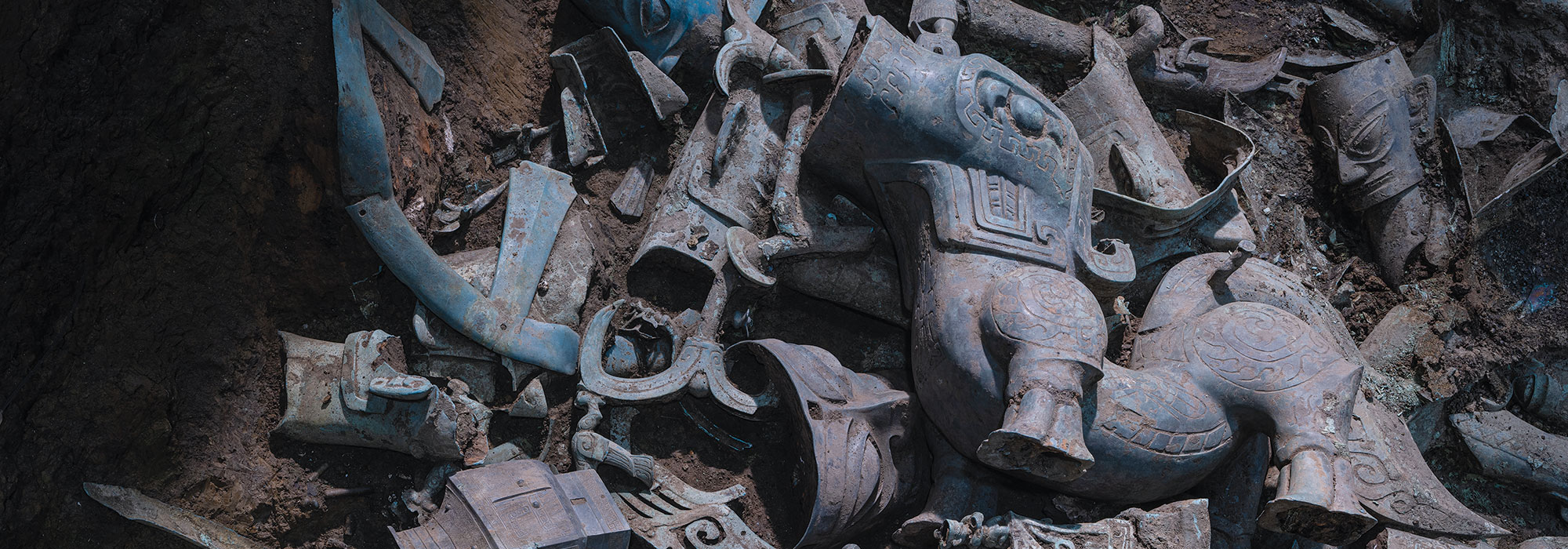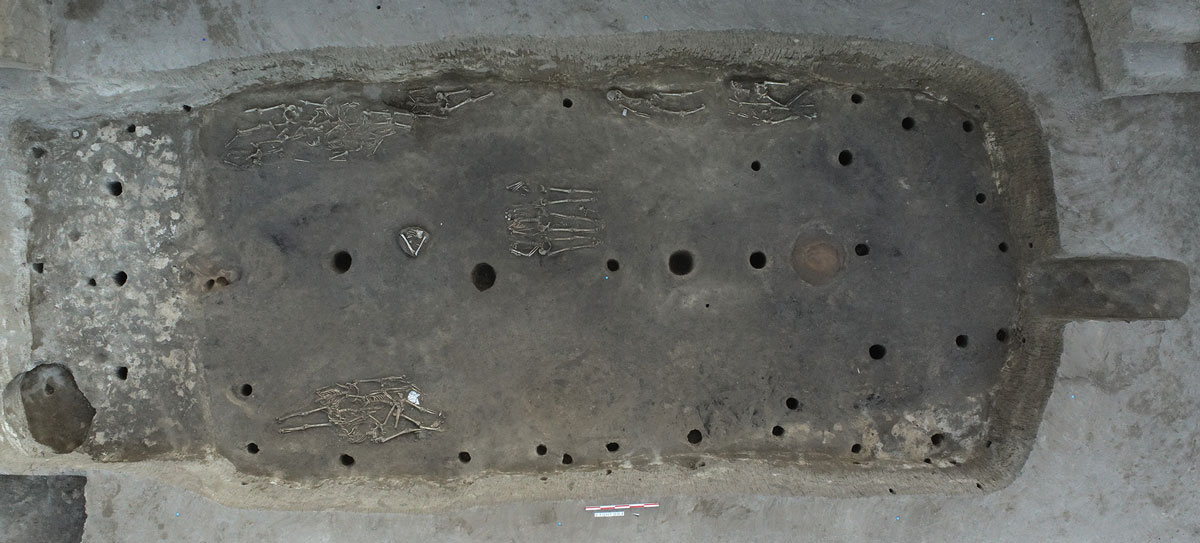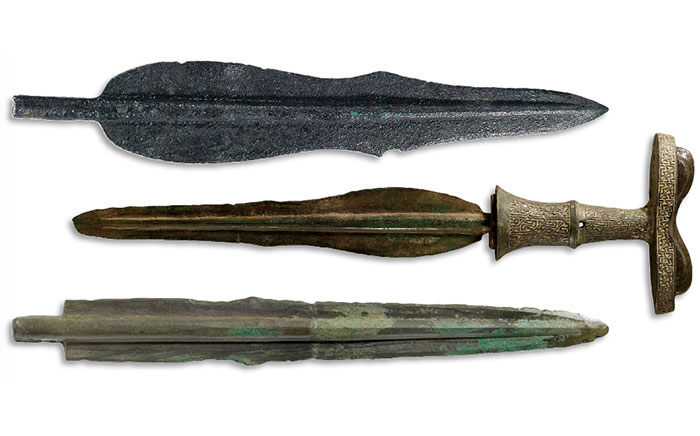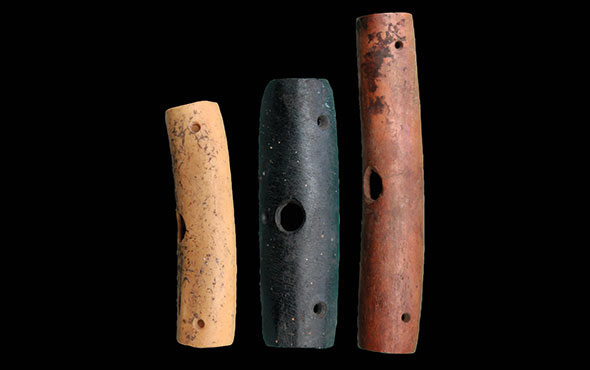
YANGHAI, CHINA—A leather saddle dated to between 700 and 400 B.C. has been recovered from a woman’s grave at Yanghai cemetery in the arid desert of northwestern China’s Turpan Basin, according to a Live Science report. Saddles for horseback riding are thought to have originated in Central Asia around the middle of the first millennium B.C. “This places the Yanghai saddle at the beginning of the history of saddle making,” said Patrick Wertmann of the University of Zurich. The woman may have belonged to the pastoralist Subeixi culture, which is named after another cemetery northeast of Yanghai. She was dressed in a coat made of hides, woolen pants, and short leather boots. Placed in her grave as if she had been sitting on it, the saddle was formed from two cowhide cushions filled with a mixture of deer and camel hair and straw. Such a saddle would have helped a rider to maintain a firm position on horseback, even without stirrups, Wertmann explained. “Saddles helped people to ride longer distances, hence leading to more interaction between different peoples,” he added. Similarities in weapons, horse gear, and clothing suggest people from Yanghai may have had contact with the Scythians, who were nomadic early horse riders from the region of Russia’s Altai Mountains. The oldest known Scythian saddle has been dated to between the fifth and third centuries B.C. Read the original scholarly article about this research in Archaeological Research in Asia. To read about leather game balls that were unearthed in a burial at Yanghai cemetery, go to "Artifact."










